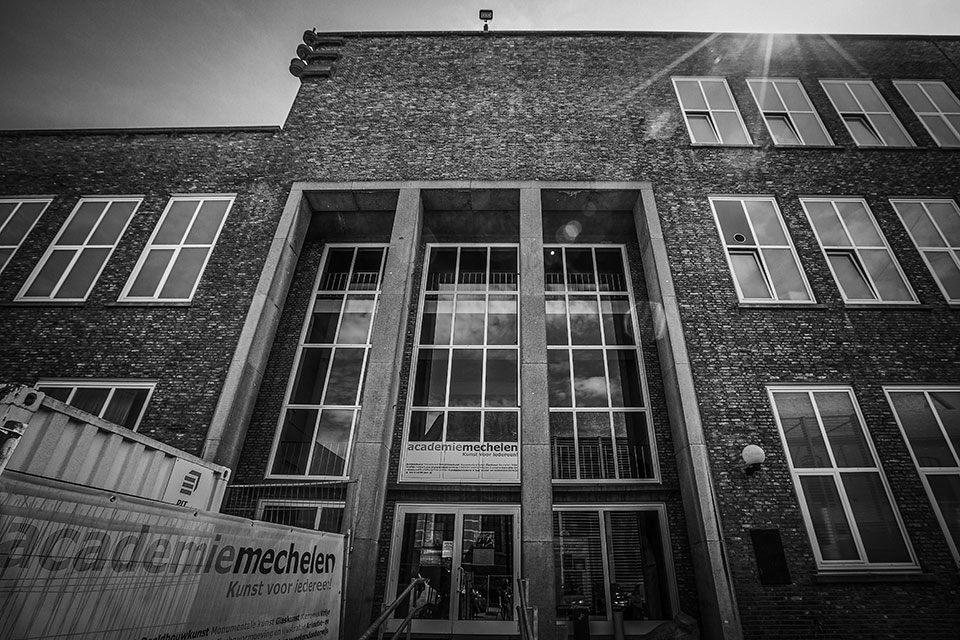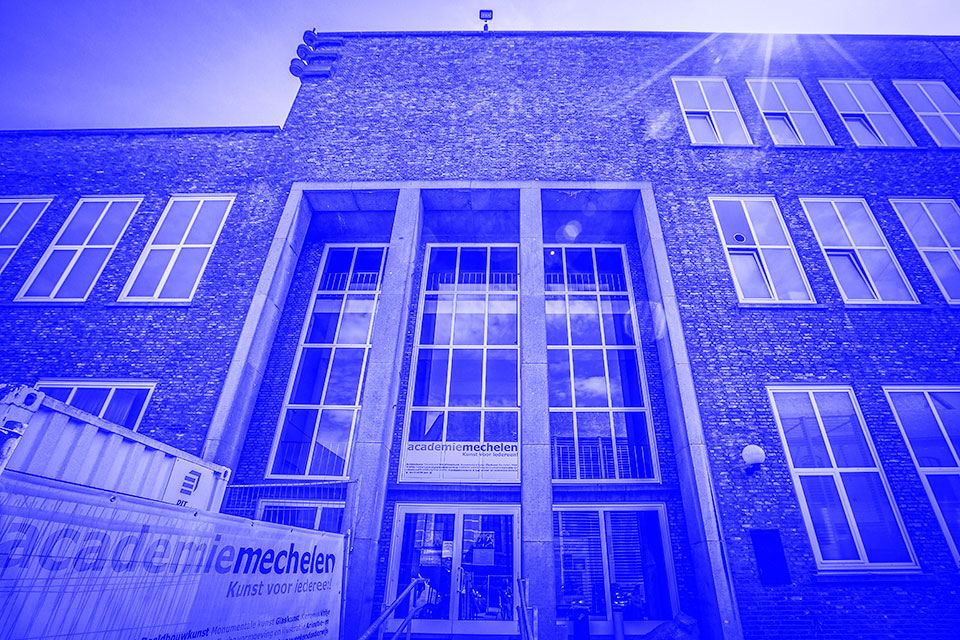MECHELEN
De Vlietenkelder
IJzerenleen
Walking along the IJzerenleen it is easy to forget that one of the most impressive relics of Mechelen’s history lies concealed beneath the paving stones. Only the decorative elements hint at the underground corridor complex. On descending the steps from the busy shopping street, one is struck by the peace and serenity of the place. The existence of the former city canal or inlet (‘vliet’) reminds us that Mechelen originated partly because of its favorable location at the confluence of several waterways. The city canal on the IJzerenleen was filled in and vaulted over in the sixteenth century. It was restored during the summer of 2012. Mechelen has had a turbulent history and the Vlietenkelder has played a crucial role in difficult times. During the Second World War, for instance, it served as an air-raid shelter protecting its citizens against attacks from above.
Michael Fliri
I Pray I’m A False Prophet
video, sound, 2′ 00″
Commissioned and coproduced by CONTOUR 7
Fliri is a performing-video artist that takes us into the realm of the surreal by carrying out actions that border on the absurd in his videos. They appear to be visual transfigurations of yet-to-be- pronounced parables. What is characteristic of Fliri’s practice is that it remains suspended in a space that allows us to draw connections from both the past and the future. In other words, it has an extra-temporal character. For CONTOUR 7, he pushes this experimentation to a critical juncture by bringing together his fascination for masks with a paradoxical quote by Thomas More, who at the end of his life was martyred by being tortured and beheaded: ‘I pray to God I’m a false prophet’. In his video, Fliri appears to stage a contemporary form of martyrdom, where the beheading is replaced by the seemingly forced impression of his face onto a composite soft material, hence producing an effigy reminiscent of the kind used to memorialise the faces of saints and kings.
Rabih Mroué
The Crocodile Who Ate The Sun
12 x diasec photos in frame, text, pamphlet
In collaboration with Arts Centre NONA
At first sight, the issues that animate Rabih Mroué’s work have little in common with the forward-looking nature of utopian thinking. Driven by the need to confront his country’s tragic history, he often unavoidably reveals the monstrosity of human actions. The space where his works are presented during CONTOUR 7 is significant for its link to the more sombre chapters of the local history: the Vlietenkelder was used as a bomb shelter during the Second World War, when Mechelen underwent heavy bombardments. Equally, the memory of the city as transit platform from which Jewish and Roma people were sent to Auschwitz, resonates throughout the bleak histories told by the Lebanese artist. The four works exhibited here deal, each in different ways, with daunting and often traumatic memories from Lebanon’s past.




-Stijn-Swinnen.jpg)
-Stijn-Swinnen2.jpg)
-Stijn-Swinnen_A.jpg)
-Stijn-Swinnen_B.jpg)
-Stijn-Swinnen_A.jpg)
-Stijn-Swinnen_B.jpg)
-Stijn-Swinnen_A.jpg)
-Stijn-Swinnen_B.jpg)
-Stijn-Swinnen_A.jpg)
-Stijn-Swinnen_B.jpg)